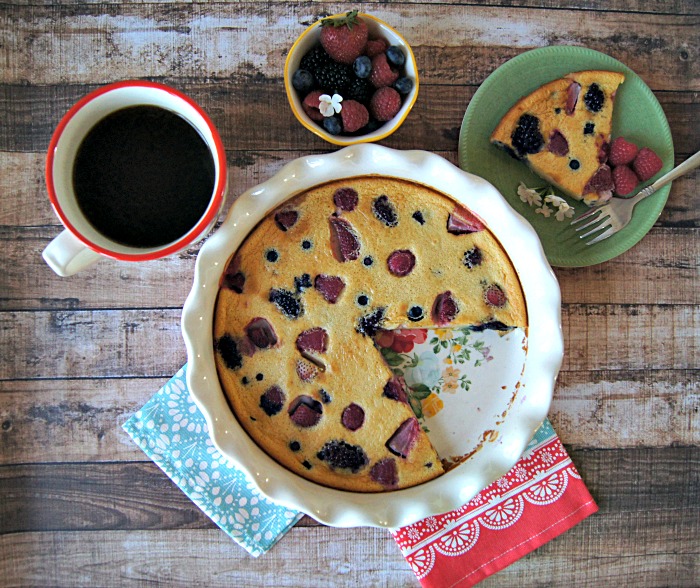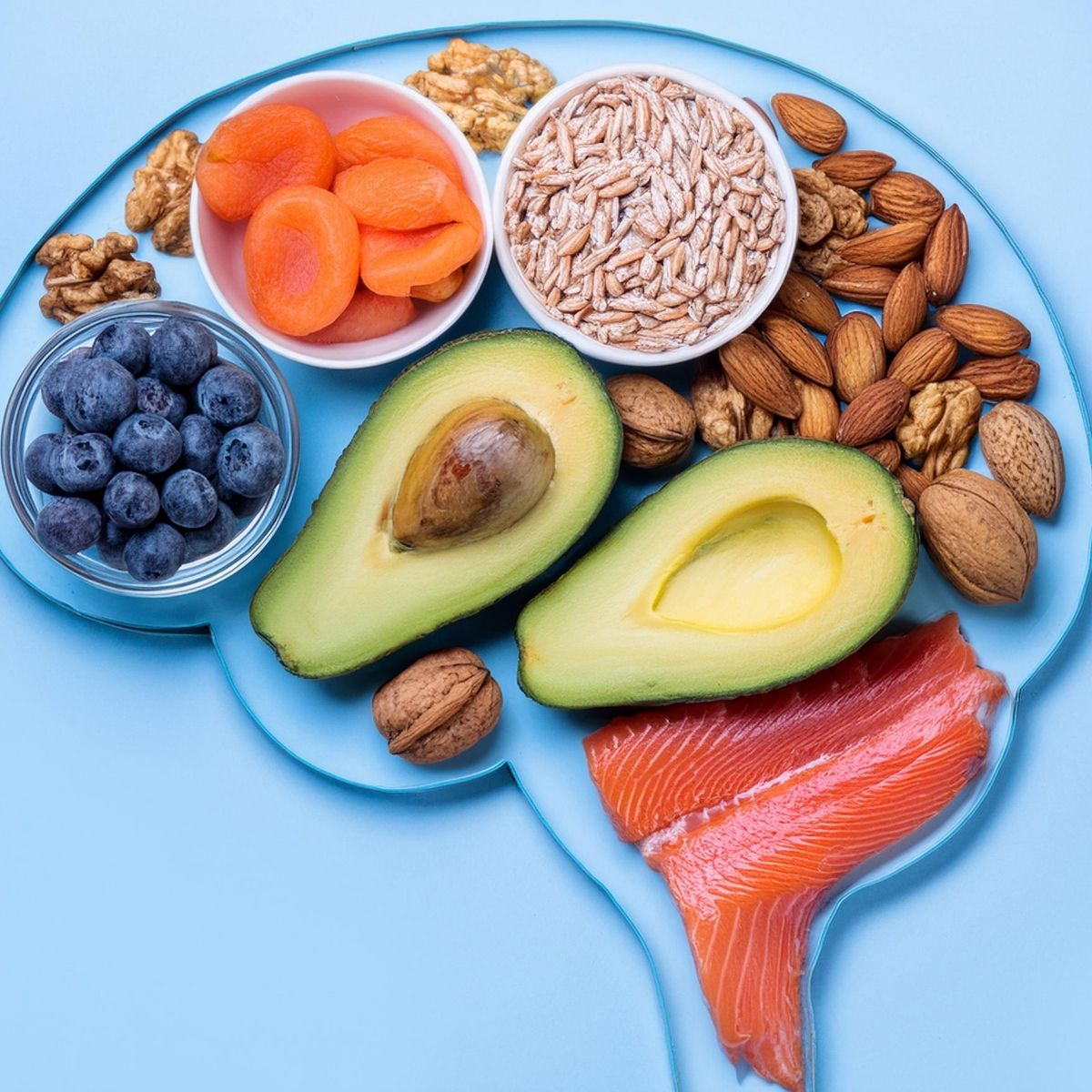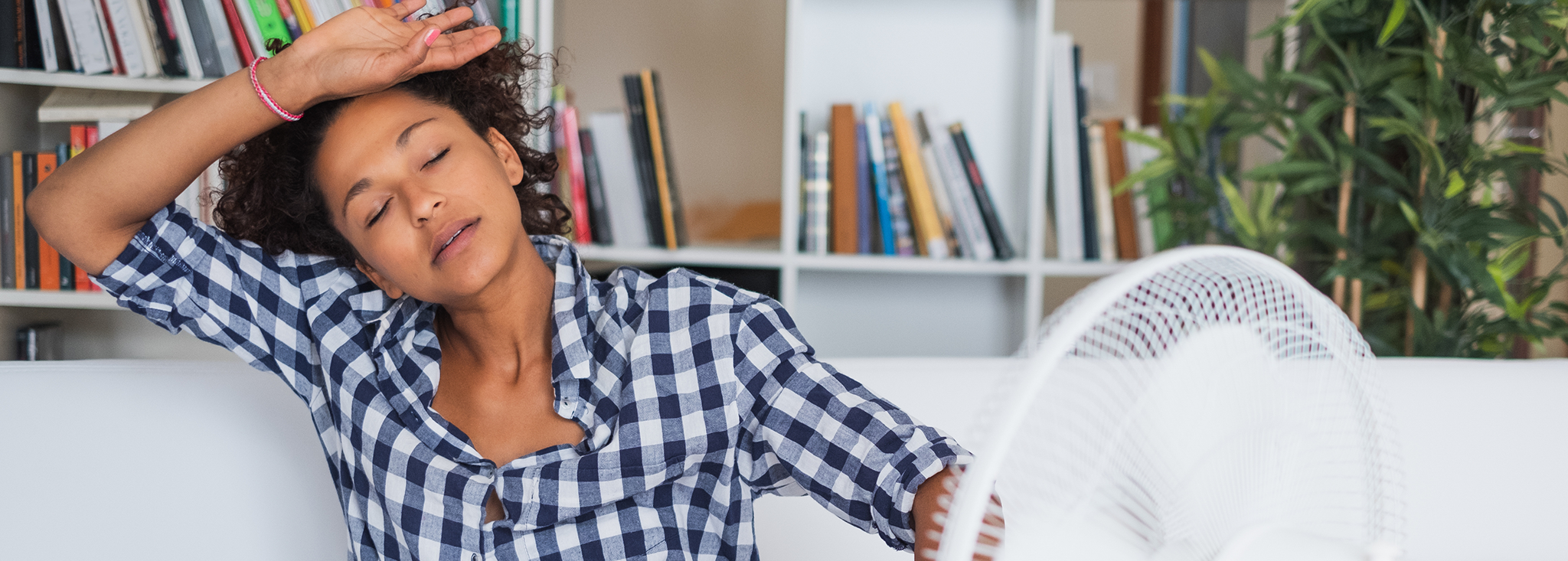The Five Most Common Party Foods and What It Means for Blood Sugar Management
Written by: Beyond Type 1 Editorial Team
6 minute read
January 6, 2015
Note: This is part of our library of resources on Food. Learn more about dietary recommendations from nutritionists and foodies alike on our Food page!
From the birthday party to the end-of-school-year pizza party, these celebratory events often come with a selection of food that is not always the healthiest. While having type 1 diabetes does not exclude you from eating a confetti-covered cupcake or that slice of pizza that is the staple of most school gatherings; it does mean however that you’ll be presented with foods that can make managing type 1 diabetes (T1D) all that more challenging. We wanted to know how these five common party foods affect blood glucose levels (BGLs), so we looked at the daily nutritional value closely of the following foods:
- 1 frosted vanilla cupcake
- 1 slice of traditional pizza
- 1 scoop of Baskin Robin’s chocolate chip cookie dough ice cream
- 1 can of Sprite soda
- An individual bag of Lay’s original potato chips
- Compared to 1 serving of raw carrots
We found that these typical party foods can make managing type 1 (or type 2) diabetes more difficult because of the high amounts of the following ingredients:
- Sodium
- Saturated fats
- LDL Cholesterol
- Refined sugars
- Carbohydrates

That is not to say, if you have type 1 you should only eat raw veggies, while the others enjoy the common treats. You should, however, be aware of what these typical snacks do to blood sugar and why. Knowing more about how food affects physiology will aid you in adjusting insulin and help you prepare for optimal blood sugar control.
Sodium
Most commonly found in the form of sodium chloride or “table salt,” this element is crucial for bodily functions. The National Institutes of Health (NIH) explains that “The body uses sodium to control blood pressure and blood volume. Your body also needs sodium for your muscles and nerves to work properly.” But what does high sodium do over extended periods of time? Firstly, it can add to dehydration which can keep your blood glucose levels high. Secondly, it can put you at risk for other complications. Carly Crompton, who holds a nutrition degree with a focus on physiology and metabolism from University of California, Berkeley, says that “Type 1 diabetics are already at an elevated risk for hypertension and diets with high sodium increase your risk as well.” Will eating one slice of pizza (with 23 percent of your daily value for sodium) today increase your child’s risk of hypertension twenty years from now? Probably not—but the typical slice of pizza has additional attributes to consider when it comes to maintaining blood sugar control.
Fat puts you high and keeps you high
In a recent study done at Joslin Diabetes Center, clinicians observed how high-fat meals affected blood glucose levels in adult type 1 diabetes patients. Howard Wolpert, MD, senior physician in the Joslin Clinic Section on Adult Diabetes and the director of the Insulin Pump Program at Joslin, who also led the study, said that “several hours after eating high-fat meals, blood glucose levels went up.” More than that though, they stayed up. “Despite the increased insulin, participants had greater hyperglycemia after the high-fat dinner with insulin levels elevated five to ten hours after the meal. The average increase in insulin was 42 percent with significant individual differences.” (Joslin). This means higher fat foods can cause prolonged elevated BGLs. It also means that there were high variations on how that affected individuals. What insulin dosage works for one child, will not necessarily be the same for another. That’s why testing and recording what’s successful and what is not is important. Bailey West, a graduate from the University of Florida in Nutrition and Dietetics says, “High fat meals are among the trickiest to account for when bolusing, mainly because fats digest more slowly than carbohydrates. The rate at which our bodies digest meals coincide with our need for insulin. So, as our bodies are trying to process a meal of carbs, proteins and high amounts of fat, more insulin is needed and for a longer period of time.”
Check out Tidepool’s Nutshell app (available in beta) that allows you to record how foods affect your blood sugar. Knowing ahead of time is half the battle.
Cholesterol
Not all fats are bad fats, of course. Cholesterol (a type of fat) isn’t always bad either. Crompton notes, “Cholesterol is used by the body in different ways. For example, it is necessary in the membrane function of your cells, but when there’s too much cholesterol, (particularly bad ones), it can start clogging up arteries. Because someone with type 1 is at a higher risk for heart disease and heart attack, they should avoid “bad” cholesterol. Bad cholesterols include saturated fats that you find in all of these common party snack (except for soda). Here is a short list of recognizable fatty foods and what type of fat they contain:
- Good Fats: HDL (high density lipo protein)—these are fats with omega 3s such as nuts, chia and flax seeds, avocado, olive oil, fatty fish like salmon and eggs.
- Bad Fats: LDL (low density lipo protein)—these are your trans fats and saturated fats, high-fat dairy like butter, ice cream and margarine.
Not all sugars are alike
It’s true. 30 g of carbohydrates in a cookie will spike your blood glucose level faster than 30 g of carbs in an apple. Why? A cookie is typically made with refined sugar and an apple contains fiber sugar. The glycemic index of these foods vary greatly because of this. The ADA describes the Glycemic Index (GI) as “a measurement of how a carbohydrate-containing food raises blood glucose.” As someone with type 1 diabetes or a caretaker of someone with the condition, this glycemic index is vital in helping to determine how a food will affect one’s blood sugar.
Carbohydrates with a low GI value (55 or less) are digested at a slower rate, therefore they cause a lower and slower rise in blood sugar levels. Interestingly enough, an orange has a GI value of 40 whereas a grapefruit has a GI value of only 25. That’s a big difference for seemingly similar foods!
Nutritionist Caroline Potter explains, “When it comes to sugars, you simply cannot just look at the carbohydrate count, you have to go beyond and take into account the fiber, minerals and nutrients involved in eating and digesting the sugars. Due to the lack of nutrients in refined sugars or artificial sweeteners, they are quickly absorbed into your blood stream, causing your blood glucose to sky-rocket as compared to whole food sources like fruit, raw honey or maple syrup.”
Check the glycemic index for 100 common foods from Harvard Medical School.
There are three basic sugars:
- fiber— raises BGLs slower over a longer period of time and slows down your digestive process
- starches—found in rice, potatoes and wheat
- refined sugars – spike BGLs faster and are commonly found in many processed foods, candy and soda beverages.
Low carbs make for easier management
As you probably already know all too well, there is a direct correlation between the amount of carbs you eat and the impact on your blood glucose level. There are some foods, like many vegetables and meat, that have very low carbs. This means, you don’t typically have to administer insulin in order to consume them and maintain blood sugar control. The more carbs you consume, the more insulin you need, (while this varies person to person in terms of what is adequate), it’s something to consider when weighing dietary options. It is not to say that you shouldn’t eat carbs as someone with type 1—carbs are also a vital source of energy—it is to say though that less carbs can make diabetes blood sugar management easier. “This is due to a smaller margin of error when determining how much insulin we need,” nutrition expert Bailey West says. “Lower carbohydrate eating helps with that uncertainty.”
How to adjust for these common party snacks
Of course, the slice of pizza or the ice cream sundae is not forbidden for the person with type 1, but if you’re indulging, it does take a bit more preparation in order to keep BGLs in safe range. Remember, there are different ways in which to bolus too. On a Medtronic pump, for example, you can administer a “dual wave bolus” where it assists with rapid as well as slow-absorbing carbohydrates. Always talk to your professional healthcare provider to create a plan that works best for your type 1 lifestyle and dietary needs. Here are some general tips on how to prepare:
- Know the carb count of the food.
- Know the glycemic index (GI) value of the food.
- Know the history of what happened last time the food was eaten (record on an app such as Nutshell).
- Keep watch of BGLs after consuming the food.
Having type 1 diabetes doesn’t prevent you from participating in important cultural celebrations that sometimes revolve around (not-so-healthy) food. It does though require you to be more aware of what those commonly eaten foods do to blood sugar. If you want to maintain optimal blood sugar control, you just have to know what you’re getting into.

Author
Beyond Type 1 Editorial Team
Beyond Type 1 is the largest diabetes org online, funding advocacy, education and cure research. Find industry news, inspirational stories and practical help. Join the 1M+ strong community and discover what it means to #LiveBeyond a diabetes diagnosis.
Related Resources

This summer berry clafoutis recipe checks all the boxes—delicious, easy to make, and gentle on...
Read more

Between the rising cost of food, paying for diabetes medications and other living expenses, you...
Read more

With the festive season already here, you might feel a mix of excitement and overwhelm...
Read more

